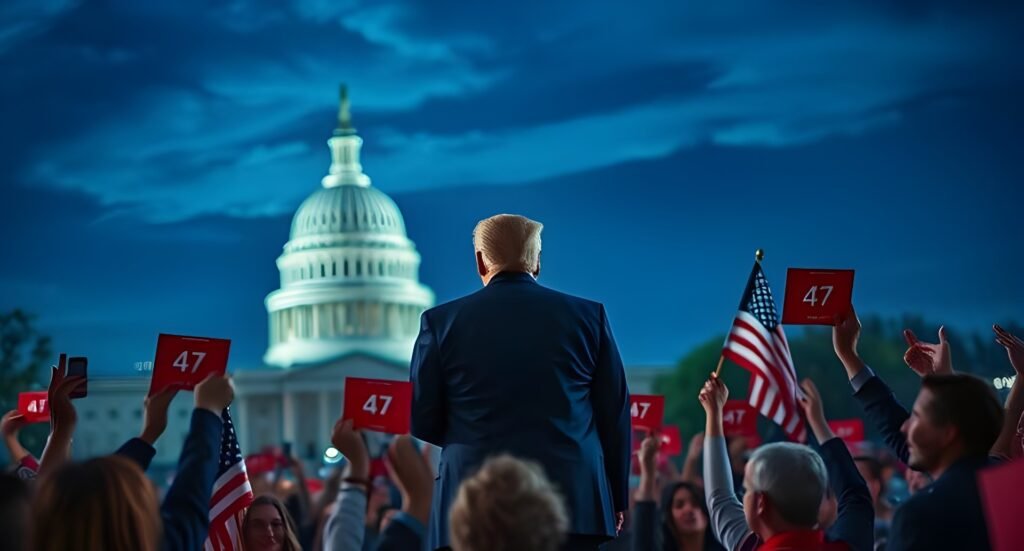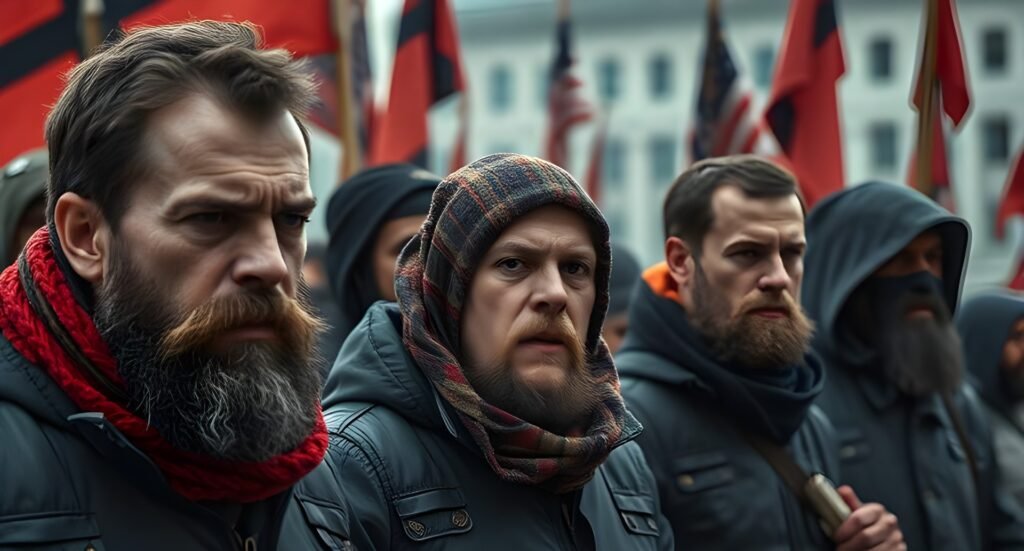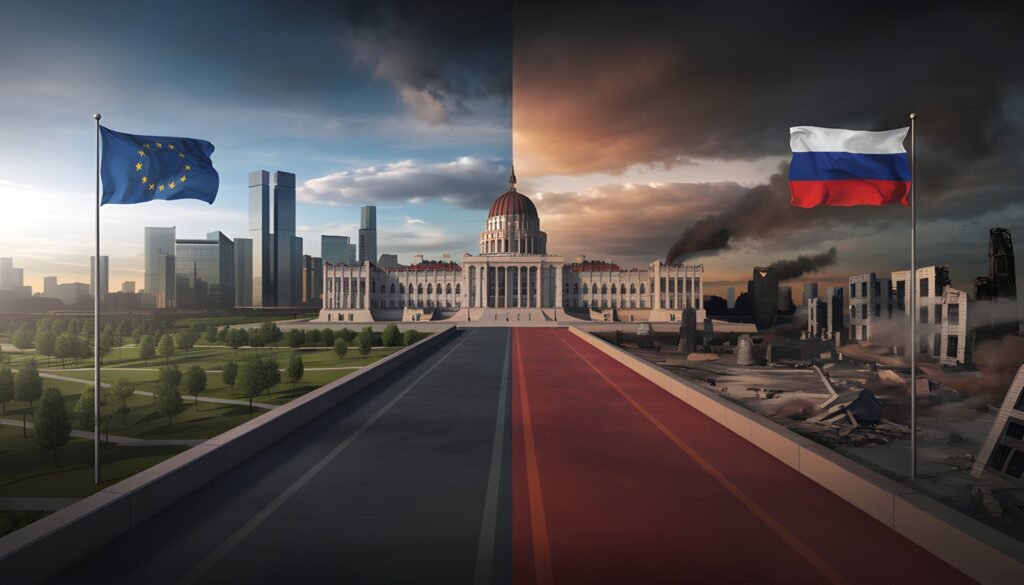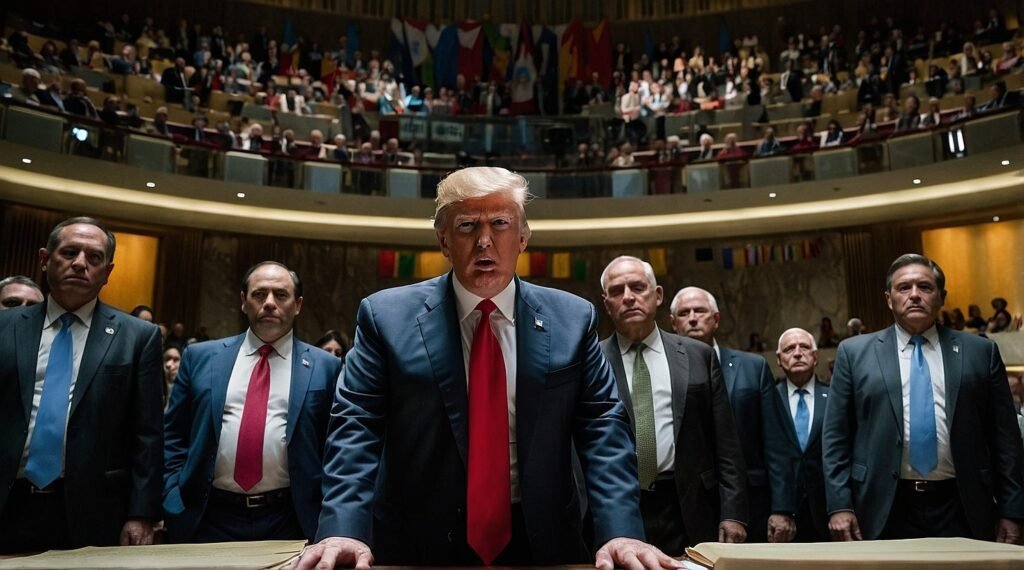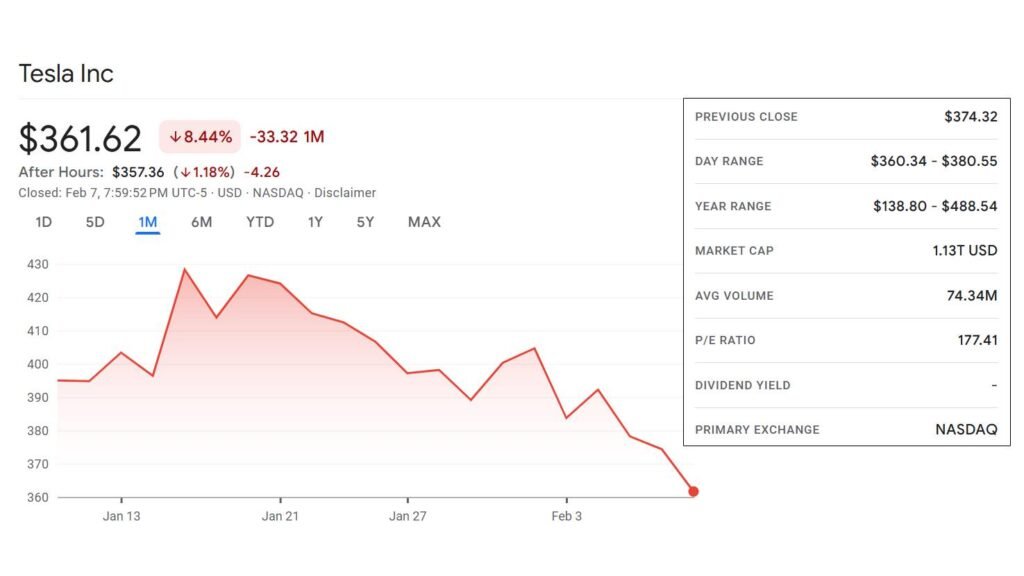|
Getting your Trinity Audio player ready...
|
The war in Ukraine has become an unrelenting storm, sweeping through cities, villages, and homes, leaving destruction in its wake. As the conflict marks its third year, the toll is staggering: over 12,600 civilians dead, tens of thousands of soldiers lost on both sides, and millions displaced. Ukraine, once a beacon of resilience, now stands at a crossroads as world leaders debate its fate in closed-door discussions.
The Death Toll Rises
Each day, the war claims more lives. Cities like Bakhmut, Mariupol, and Avdiivka have turned into graveyards of shattered buildings and lost futures. Reports estimate that over 70,000 Ukrainian soldiers have perished, with another 100,000 wounded in battle. Russia, too, has suffered massive losses, with over 120,000 troops killed. Yet, the war grinds on, and as negotiations take place at the highest levels, the bloodshed continues on the ground.
Trump & Putin: A Crucial Conversation
On March 18, 2025, U.S. President Donald Trump and Russian President Vladimir Putin engaged in a high-stakes phone call. The conversation was framed as a step toward peace, but its implications have left many questioning the cost of diplomacy. During the two-hour exchange, Trump pushed for a ceasefire to halt the relentless Russian attacks. Putin, ever the strategist, agreed to a 30-day cessation of strikes on Ukraine’s energy infrastructure but refused to commit to a full-scale truce.
The heart of the negotiation revolved around territorial concessions. Reports suggest that Trump’s administration is contemplating recognizing Crimea as Russian territory, a move that could alter the geopolitical landscape and send shockwaves through Ukraine’s leadership. Beyond Crimea, questions loom over the status of Russian-occupied regions in eastern Ukraine, including Donetsk and Luhansk. Would the U.S. pressure Ukraine into painful compromises? Could a deal between two powerful leaders come at the expense of Ukraine’s sovereignty?
Peace Talks or Political Chess?
While Trump’s outreach to Putin has been framed as an effort to end the war, the underlying motivations are complex. Trump, looking to solidify his foreign policy stance, seeks a diplomatic win that could define his presidency. Putin, knowing the battlefield is unpredictable, uses diplomacy as a strategic weapon, pushing for Western concessions while continuing his military campaigns.
Europe watches with unease. Ukrainian President Volodymyr Zelensky, who was not involved in the Trump-Putin call, remains firm in his stance—Ukraine will not give up its territories. European leaders have expressed concern that a U.S.-Russia deal could sideline Ukraine, forcing Kyiv into an unfavorable agreement that undermines its sovereignty.
The Human Cost of War
As negotiations unfold in distant capitals, Ukrainian civilians continue to endure the horrors of war. The cold calculations of political strategy mean little to the families burying their loved ones, to the children hiding in underground shelters, or to the soldiers risking their lives on the frontlines. Every day that passes without a concrete resolution is another day of suffering for a nation caught in the crossfire of global power plays.
What Comes Next?
The next few weeks will be critical. Will Trump and Putin broker a peace deal that Ukraine can accept? Will European allies intervene to prevent territorial concessions? Or will the war persist, bleeding Ukraine further as world leaders debate its future?
People are dying. Ukraine waits, watches, and hopes that the price of peace will not be its freedom.
We invite you to share your thoughts on this pressing issue. Do you believe negotiations will lead to lasting peace? Should Ukraine be forced to make territorial compromises? Leave a comment below and join the conversation. We will continue to report on this crucial topic—check back daily for updates on the fate of Ukraine and the ongoing diplomatic battle.



